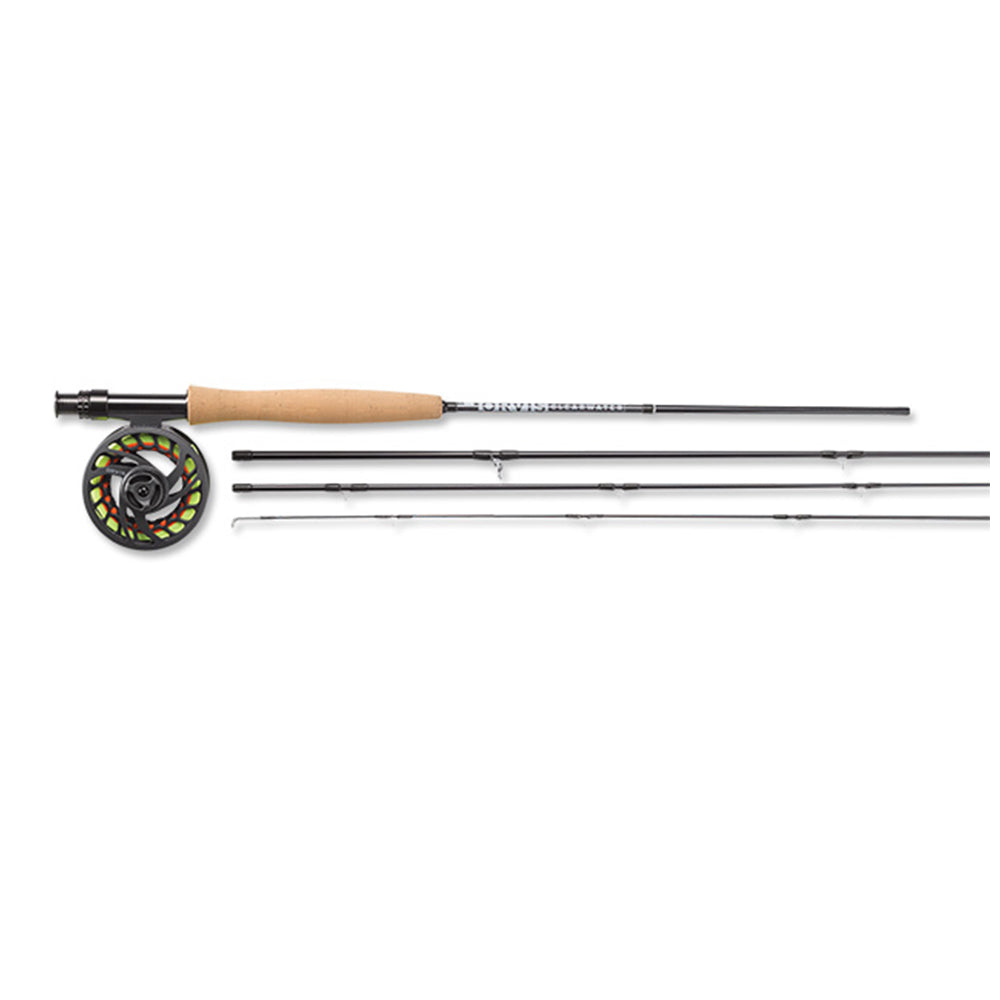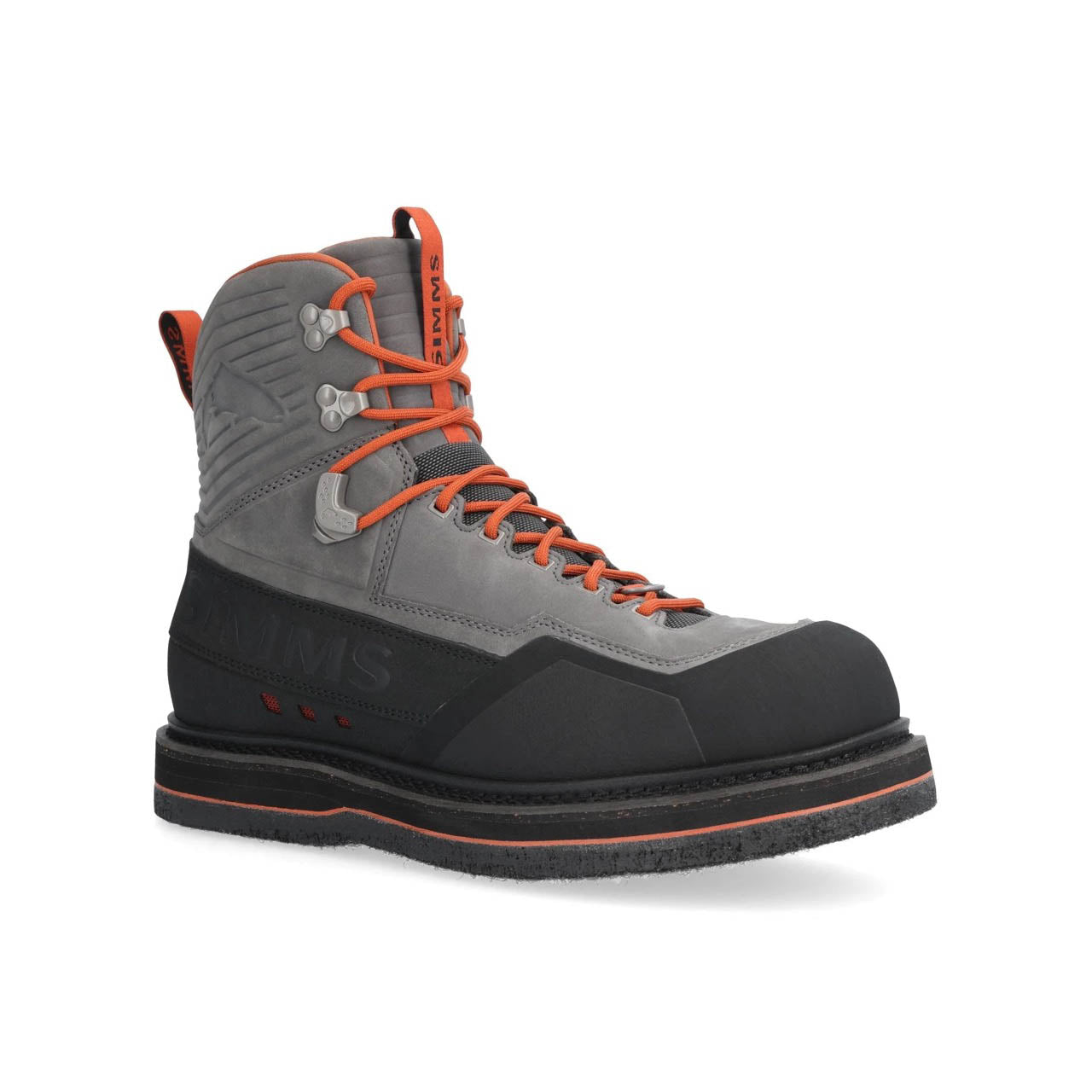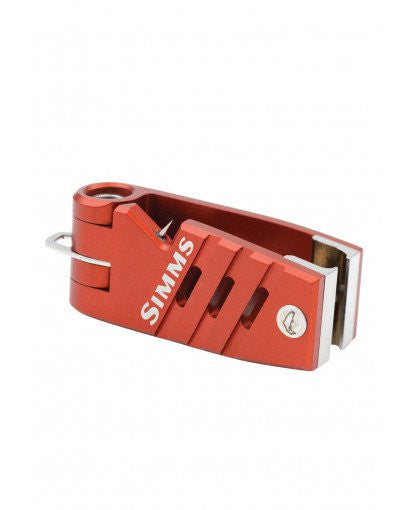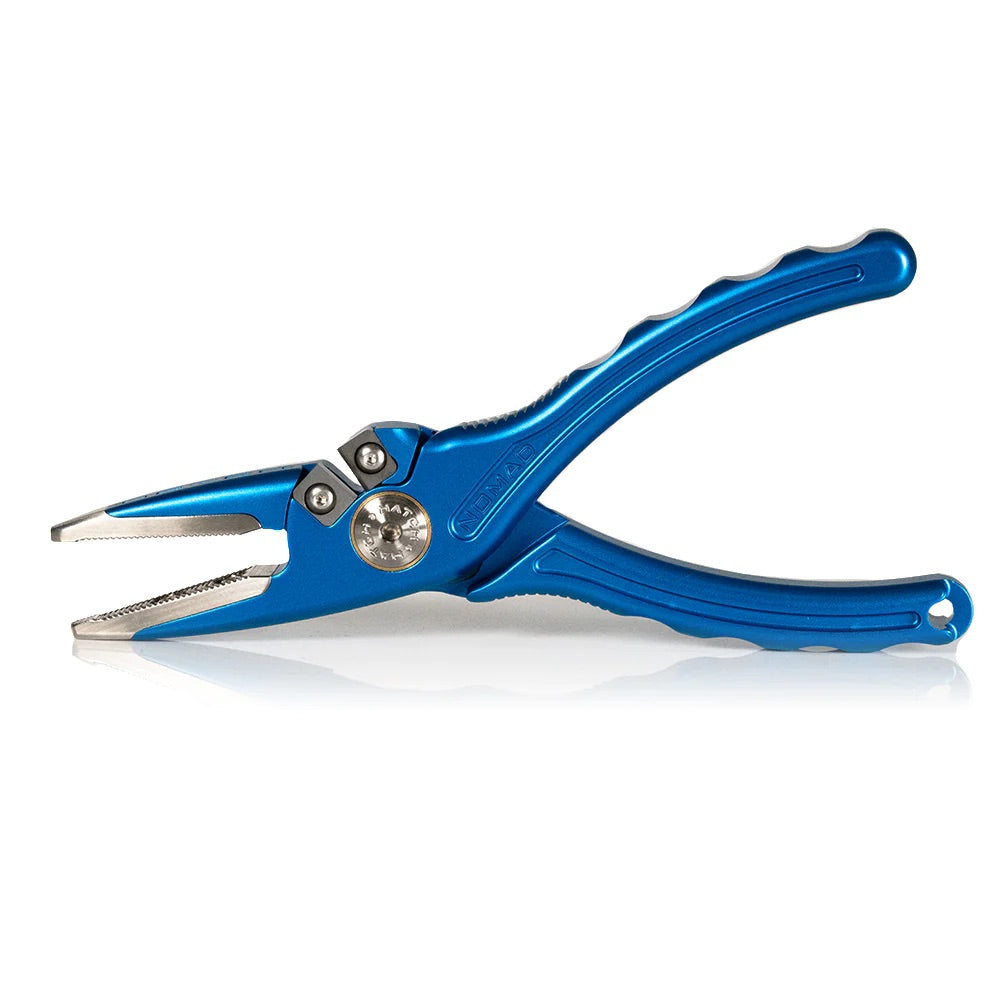Jon Baiocchi reports on 3.23.17
Brian Clemens from Nor Cal Fly Guides invited me to float the Lower Yuba River with him last Sunday to see the changes from the past high water events, and to wet a line. As far as we know, this was the first drift for 2017, and one for the books.
We put in at the usual spot below the Hwy. 20 Bridge on the south side of the river, it seems to be easier now, and just needs more traffic to pack down the cobblestones. The flows were big at 4,265 cubes, and the water clarity was between 12 to 18 inches. The rapids below the bridge are pretty big right now, and were really fun. We anchored the boat in the first straight away below the rapids, and the first characteristic change we noticed is how much wider the river was. Areas that had a flat, or a gradual slope to the river, are now a vertical face that often was over head high. Also there is so much new sand everywhere, especially among the cobblestones on dry land. We swung it up with no grabs, and promptly drifted on.
As we approached what I call “Hogan’s Hole”, the first right hander below the bridge, the bend is not as sharp, and has been stretched out. In fact it seems many of the sharper corners in the river have been lengthened with a bigger transition. On the left side upstream of Hogan’s, the bank has exposed bedrock with new boulders that I’ve never seen before. As Brian piloted the boat into the entry of the “Aquarium”, there is now a major island with the main current to river right, and the left channel has a good steady flow with some depth, this new channel should keep flowing as the water levels drop.
Wherever we put the boat ashore that was inaccessible by foot, we had the first human made tracks, and there were only prints from wildlife scattered about. We were surprised to see coyote tracks on “Long Island” because that meant somebody had to take a swim to get to there. We opted to take the main channel past Long Island, and again stopped the boat to really get a clear understanding of the changes. The right hand bank has significantly changed with missing trees, and the tailing piles from the gravel/gold plant have diminished in size with openings into the settling ponds.
So far, the changes we saw were significant, and seemed to appear to be better habitat for the future. We hooked into a few fish in slower bank water using indo rigs, but did not get them into the net. Brian got his fish close to the boat and we got a very good look. It was a fat and healthy 14" bow. Big dark stonefly patterns and red worms got their attention. An osprey was chirping in a nearby tree, and as it took flight, in its talons was a fat 15" rainbow, they must have x-ray vision to target their meal in off color water.
The fish seem to be eating well, and appear to be in good shape. There is a new gravel bar that is quite long that splits the main flow from the side channel downstream of Long Island. We noticed increased depth in this area as well, and so much more willows and woody debris in the river. Vehicle access is now limited in this area as the road to lower “Rattlesnake” is now gone! The river now meets up with the steep tailing piles to the south side. The little willow island that gave us drifters fits below Rattlesnake, and the large outcropping of willows and trees on the right bank are also gone.
A resident’s property upstream of Clay Banks has been damaged beyond belief, and the owners lost quite a bit of land to the high water, the aftermath from the high water events, all nine of them, are amazing. From Clay Banks down through Hammon Grove is a straight shot and seemed featureless at the current flows we drifted. The river still splits above Sycamore Ranch, and does not look the same at all. It’s quite desolate, and the large willows on both sides of the river that provided shade on a hot day have been ripped away from their foundation. The main flow on river right is moving extremely fast as it enters Dry Creek, and the “Corner Pocket”. The inlet to the take out ramp (Dry Creek) is a small passageway. I would advise only expert oarsman to attempt the maneuver to drift into there. For those with less skill, I would carefully walk your craft down the gravel bar, move it into Dry Creek, and then board your boat. Before we brought the boat into Sycamore, we anchored on river left to survey the landscape downstream. The two branches of the river below the Corner Pocket join hands to become one. From this point downstream to the powerlines, it appears the river has a new course over to river left in the distance, and possibly another island.
Overall, Brian and I were impressed with the changes, instead of thinking the river was destroyed, in reality, it has been rejuvenated. Deeper slots, islands, braided areas, holding water, rearing plains, and other noted unique areas are now present. When the river comes back into its own, and the flows clear, there will be more habitat for the salmon, steelhead, and native rainbows. It’s an entirely new river, and we all get to start on page one for another chapter of history in learning the Lower Yuba River all over again. Welcome to the “Newba River”.
Jon Baiocchi
407 Gracie Rd.Nevada City, CA95959
(530) 228-0487
Visit my Fly Fishing blog;
http://jonbaiocchiflyfishingnews.blogspot.com/
The Premier Fly Fishing Guide Service for the Northern Sierra;
http://baiocchistroutfitters.com/
Read more
Matt “Gilligan” Koles reports on 3.23.17Big, high flows and big fish.Flows are up over 3,500 here in the Hirsch. Big pumping flows. Surprisingly the fishing is pretty good. Hard to believe, but if ...
Lost Coast Outfitters reports on 3.23.17The coast dropped in nicely this weekend and the LCO crew got after it before (and during) the monsoons came. After a disappointing steelhead season, this wa...




























Leave a comment
All comments are moderated before being published.
This site is protected by hCaptcha and the hCaptcha Privacy Policy and Terms of Service apply.